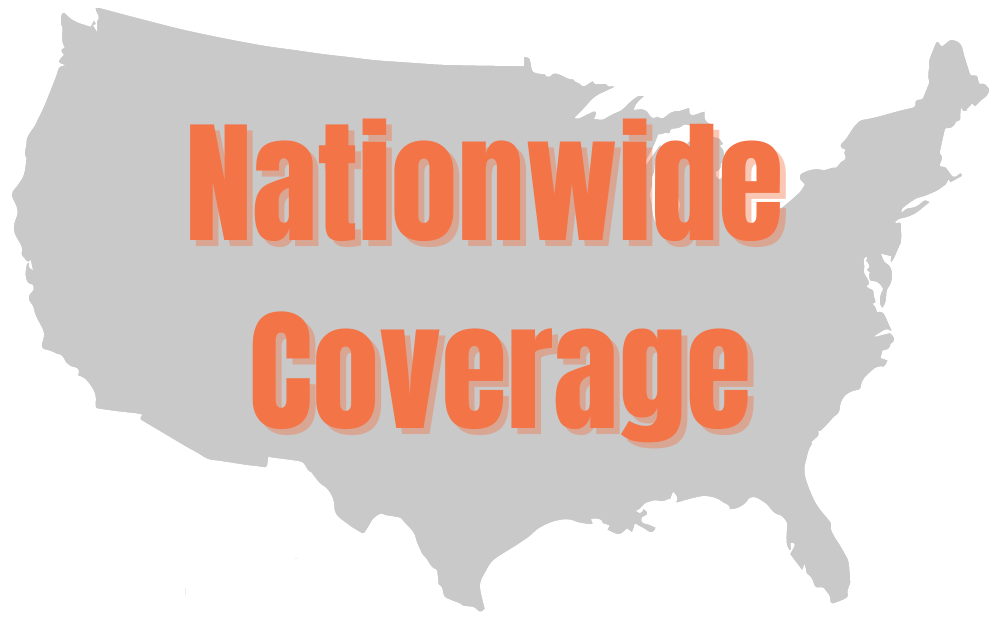Trademark Investigations
In-Use | Non-Use | Abandonment | Infringement
A trademark investigation is needed when there are issues impacting the clearance, registration and enforcement of your trademark.
The areas of focus for a trademark investigation often include, but aren’t limited to the following:
- Date of First Use In Commerce
- Scope of Use
- Evidence of Abandonment – Non-Use
- Channels of Trade – Distribution
- Subject Company Profile & Location
- Obtain Product Samples (Evidentiary Purchase / Undercover Buy)
- Identify Potential Trademark Infringement
- Site Inspections / Compliance Checks (Photos, Video & Discreet Interviews)
Customized reports to meet the specific needs of your case. Verified information on trademark usage gained by trained and licensed investigators to get you the verified information you need. We go beyond the typical Internet and database research. We have the ability to make discreet contact with sources to verify and uncover information that is not available online.
After you conduct your research via the USPTO or run a commercial search and you uncover conflicts we can help.
What is a Trademark Investigation?
A trademark investigation involves research and discreet contact with sources to uncover information about the usage, non-use, abandonment or scope of use of a trademark. The use aspect of a trademark investigation has to do with whether or not a trademark is being used in conjunction with goods or services for sale online or via a business engaged in interstate conference.
When it comes to Trademark rights the United States is a first to use country, NOT a first t file country. This means that if a company is using a mark in conjunction with goods and services that they are actually selling that they can establish “common law” rights without filing and registered with the USPTO (United States Patent and Trademark Office).
As a business or brand looking to create and register a trademark it is recommended that you conduct a clearance search. A Trademark clearance search can be conducted by a law firm specializing in Intellectual Property matters. The top commercial search companies are Clarivate (formerly known as Thomson Compumark) and Corsearch. These companies have technology that allows them to search numerous sources and provide a robust clearance report.
These search companies have the ability to look at over 1000 databases that can include, state trademark registrations, federal trademark registrations, global trademark registers, industrial design databases, domain name databases, corporate business registrations, fictitious business names, and many other online databases. A clearance search will give you a sense of who might have registered a trademark that is similar or an exact match and if there are trademarks with similar names that could be obstacles to getting your desired trademarks registered.
The purpose of a trademark registration is to avoid customer confusion. This means that if the trademark you want is confusingly similar to another trademark the examiners at the USPTO can block you from registering it or make you prove why your mark is not confusingly similarly.
Now that you have completed your trademark clearance search you will likely have a list of potentially conflicting business names, domain names, and trademarks that need to be investigated. A skilled trademark investigation company will understand the legal implications of a trademark clearance process and be looking to answer the following questions;
Questions to be answered by our Trademark Investigation Company;
Is the trademark in questions being used in commerce?
If yes, determine the date of first use in commerce.
If no, determine if the trademark was ever used in commerce or when use stopped.
Has the trademark in question been abandoned?
If yes, when was it abandoned and for how long?
If the trademark has been abandoned then locating the owner and conducting a discreet acquisition can be a quick and cost effective process to get trademark protection
If no, is there an intent by the trademark owner to revive the mark and start using it again.
If the trademark in question is in use what classes of goods and services is being used for?
It is important to note the classes the trademark was registered under and look to validate that all classes that the registration lists are actually being used. Filing for classes that are not being used can trigger a fraud element that can get those classes removed
What is the scope of use of the trademark?
If the trademark is in use the investigation should look to uncover information about the size and scope of the company using the trademark. Are they a start-up company that is venture backed? Is the company a famous brand with a large IP portfolio? Is the company US based or overseas? All of this information plays into strategic considerations that impact how a trademark owner might be willing to negotiate and what kind of resources they would use to litigate. This information is also useful when negotiating a coexistence agreement.


